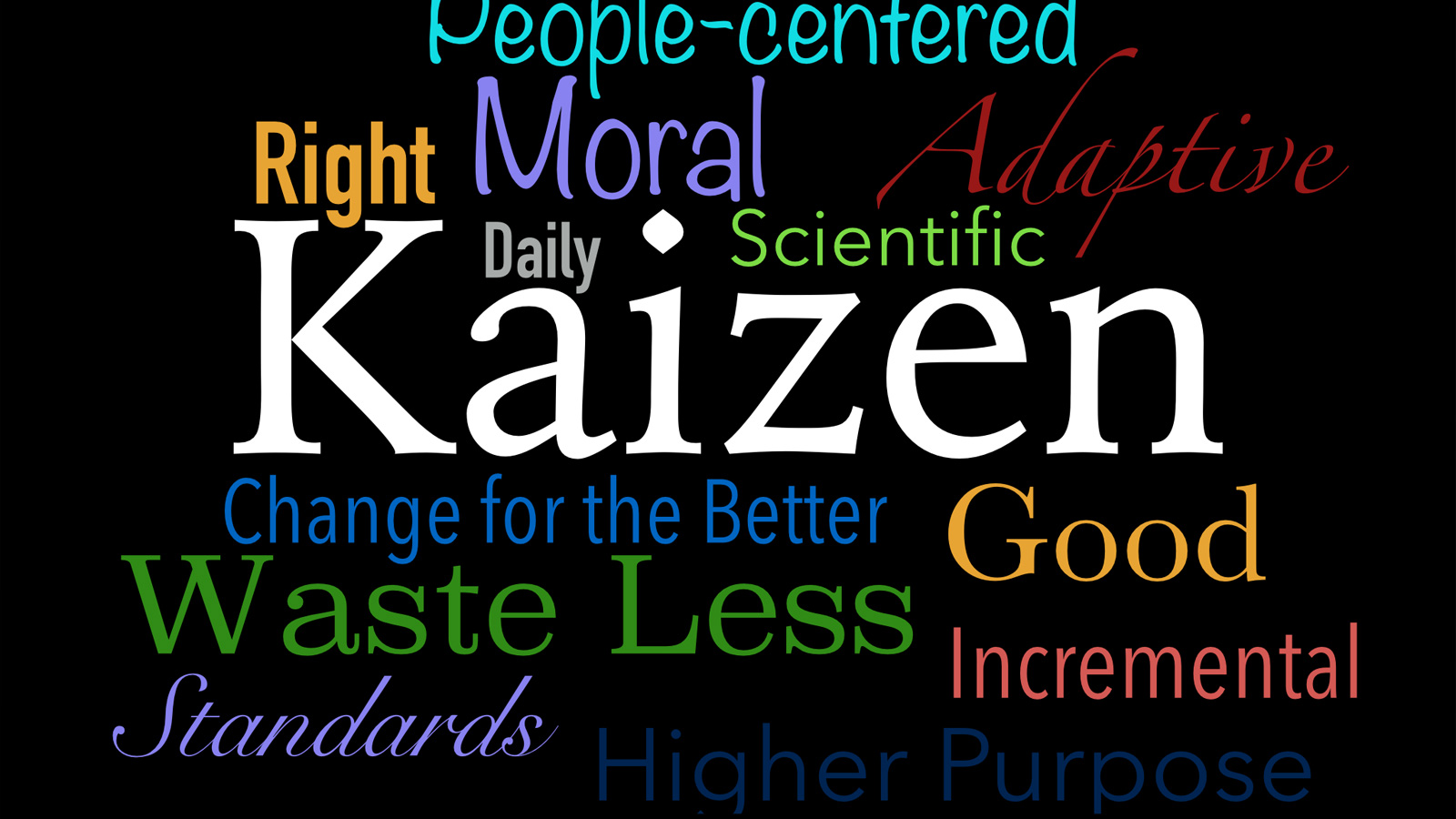Lean & Kaizen Black Belt Certificate
| Lean & Kaizen | Yellow Belt | Green Belt | Black Belt | Lean & Kaizen Master Black Belt |
| Individuals | 150 USD | 250 USD | 350 USD | 450 USD |
Is your company or educational institution looking to certify multiple individuals?
This email address is being protected from spambots. You need JavaScript enabled to view it.
How does Black Belt Exam work?![]() Time : 3 Hours
Time : 3 Hours ![]() Availability : Available online 24 hours a day, 7 days a week, 365 days per year
Availability : Available online 24 hours a day, 7 days a week, 365 days per year![]() Avenue: Opex Academy for Certification On-Demand Web-based Certification Exams are available to candidates at home or at office.
Avenue: Opex Academy for Certification On-Demand Web-based Certification Exams are available to candidates at home or at office.![]() Score: to pass Opex Academy for Certification Black Belt Exam candidate should get 80% or higher.
Score: to pass Opex Academy for Certification Black Belt Exam candidate should get 80% or higher.
How to earn your Black Belt certification
1. Register with Opex Academy for Certification freely , or Login if you registered before
2. Review Black Belt Exam Body of knowledge
3. Pay Exam fees , then you will get your exam code.
4. Select a date and time for your Exam (Note : you can select the time later with your code)
5. You must submit your Proctor form and Agreement to This email address is being protected from spambots. You need JavaScript enabled to view it. at least 2 weeks before your scheduled Exam.
6. Log in to the testing system 15 min. prior to the Exam
7. After Accomplishment of your Exam, you will know your result immediately.
8. You will get your Examination analysis Report that provides the breakdown of your results on your Email.
9. You will get your Black Belt Lean & Kaizen Certificate within 72 hours on Your Email,
10. Finally, you can order a hard copy of Opex Academy for Certification Lean & Kaizen Black Belt Certificate during payment.
Frequently Asked Questions :![]() Exam body of knowledge
Exam body of knowledge![]() Exam format and grading
Exam format and grading![]() Sample exam questions
Sample exam questions![]() Project process and approval
Project process and approval![]() How to register for the exam and certification
How to register for the exam and certification![]() Re-certification requirements
Re-certification requirements
Body Of Knowledge Lean and Kaizen Black belt
Black Belt Lean & Kaizen Body of Knowledge
1. Identify Value
1.1 Lean Principles and concepts
1.2 TPS
1.3 Lean and Agile
1.4 8 Wastes
1.5 Kaizen
1.6 Continuous improvement and Kaizen blitz
1.7 JIT
1.8 World class manufacturing
1.9 Muda, Mura , Muri
1.10 Identify Losses
1.11 Gemba Walks
1.12 Target Costing
1.13 Lean Champion role.
1.14 Project Scope
1.15 Process Yield Analysis
1.16 Strategy Deployment and X Matrix
1.17 QFD
1.18 Lean metrics & PQCDSM- Boards
2. Map the Value Stream
2.1 Value stream mapping
2.2 Time and motion Study
2.3 Value Stream Metrics
2.4 Set SMART Targets
2.5 future state & Ideal state mapping
2.6 Walk and Map out process
2.7 Work Balancing and work content.
2.8 Monitor Process Cycle Efficiency
2.9 One Piece Flow and Little Law
2.10 Takt analysis
2.11 Allowance systems
2.12 BMV & SMV
2.13 Dynamic workforce loading
3. Create Flow
3.1 Train Team leaders
3.2 Standardization & Standard work
3.3 A3 Problem Solving
3.4 Design Job Methods
3.5 OEE &Six Big Losses
3.6 TPM Pillars
3.7 Autonomous maintenance
3.8 Ergonomics
3.9 Analysis and Problem solving for each NVA Activities
3.10 Work Force Allocation
3.11 Right first time
3.12 Poka-Yoke
3.13 Statistical Process Control and Control Charts
3.14 Validate Measurement System
3.15 5 S
3.16 Visual Management
3.17 SMED
3.18 Batch size reduction
3.19 JIDOKA
3.20 Accelerating Information Flow
3.21 Accelerating Physical Flow
3.22 Workplace Design and Layout
3.23 Continuous Flow and Cell Design
3.24 Process Simplification
3.25 Accountability Process
3.26 Multi skilled operators
4. Establish Pull
4.1 Pull Systems
4.2 Establish Pull
4.3 Synchronization of the entire value stream
4.4 Inventory Management Policy
4.5 Leveled Volume
4.6 Hybrid Systems
4.7 Heijunka and load leveling
4.8 Pull vs Push Systems
4.9 Customer Demand Planning
4.10 Kanban systems Design
4.11 Kanban systems Implementation
4.12 Kanban Team
4.13 Kanban in Make to Stock Value Streams
4.14 Kanban Types
4.15 Rework Kanban
4.16 Mapping Kanban Information and Physical Flow
4.17 Develop Kanban Operation Diagram
4.18 Kanban for Distribution and Logistics
4.19 Optimizing Kanban system
4.20 Kanban Metrics and Management Systems
4.21 Push, Pull and Push- Pull systems
4.22 Work Load Planning
4.23 Standardized WIP, SWIP ratios.
5. Seek Perfection
5.1 Lean enterprise vs. lean manufacturing
5.2 Daily Management System
5.3 Lean in Support function and hiring process
5.4 Reassess and Realign
5.5 Report-Out
5.6 Ongoing KPI’s
5.7 Validate ,Improve and stick it system
5.8 Lean in Accounting and Cost control
5.9 Leadership Modeling
5.10 Stabilize Future State
5.11 Develop Standards and Cycles
5.12 Layered Check-Act Process
5.13 Plan- Do-Check-Act
5.14 Training Methods
5.15 Lean Culture
5.16 Individual Mentoring
5.17 Lean In process Design & Product Design
5.18 Performance Management systems
5.19 Sustaining the whole system.

